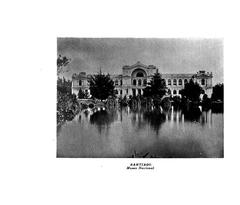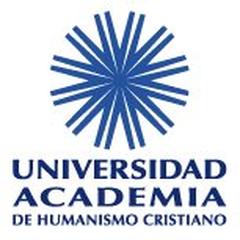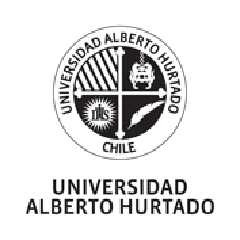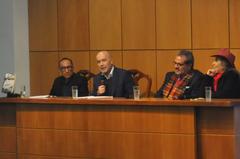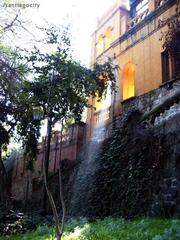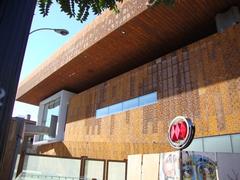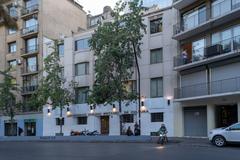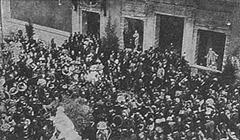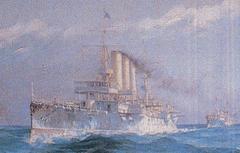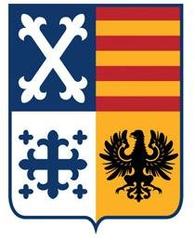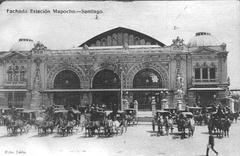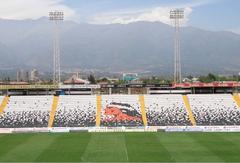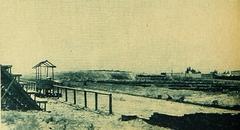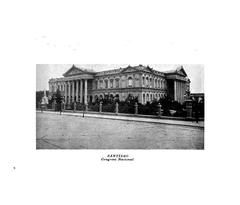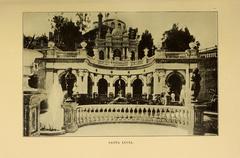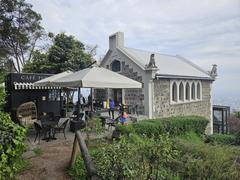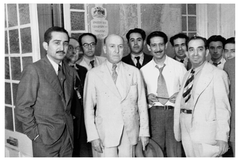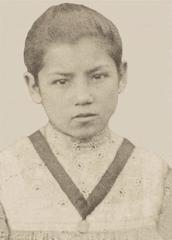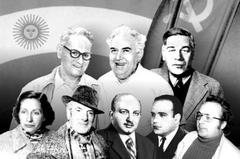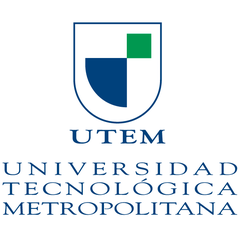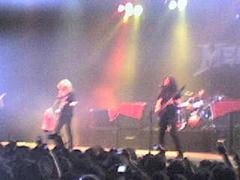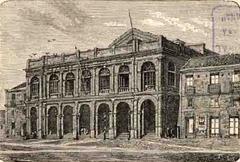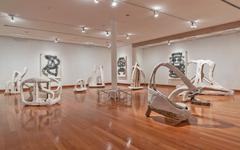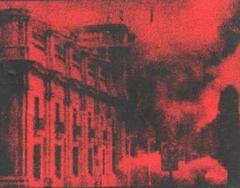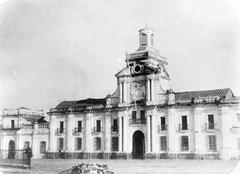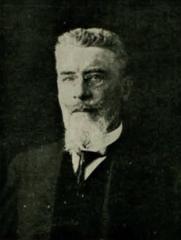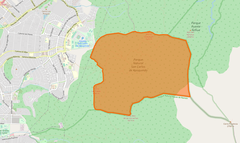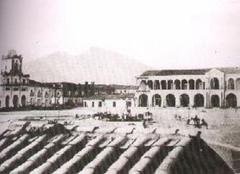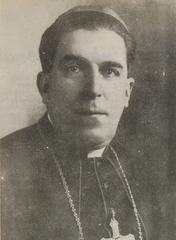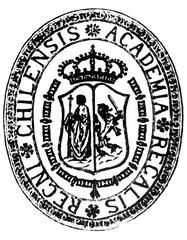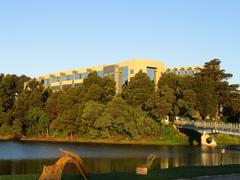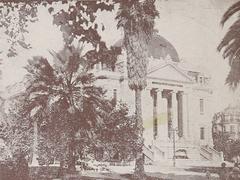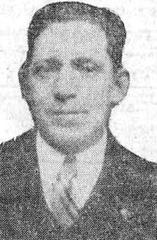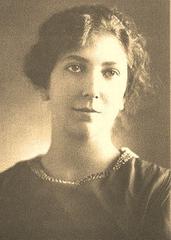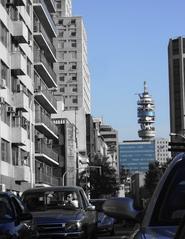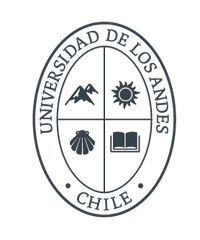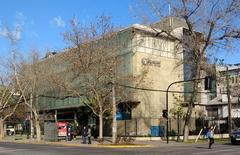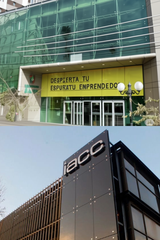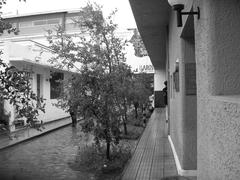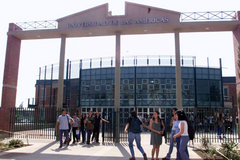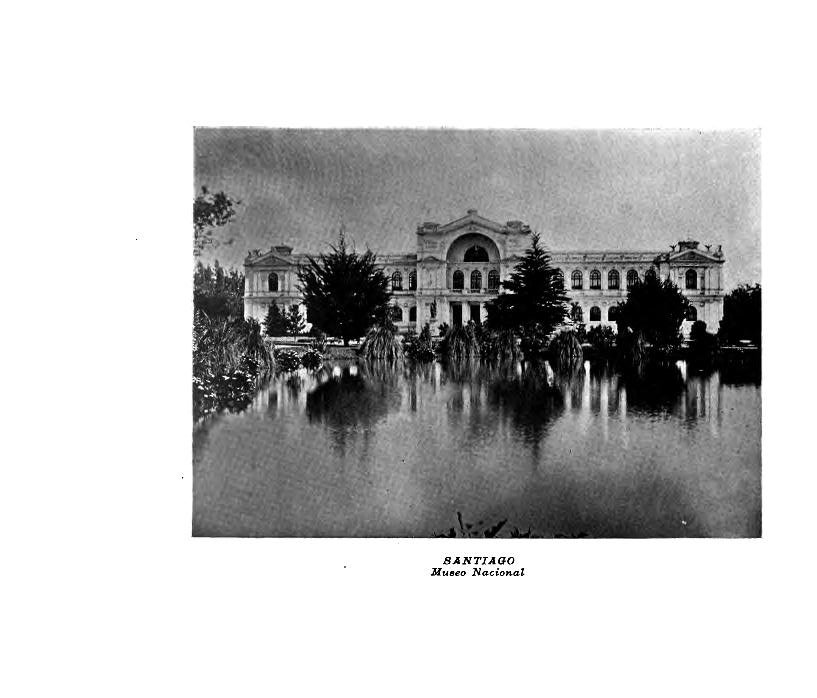
Museo Nacional de Historia Natural Santiago Visiting Guide
Publication Date: 17/07/2024
Introduction to the Museo Nacional de Historia Natural
The Museo Nacional de Historia Natural (National Museum of Natural History) in Santiago, Chile, stands as a beacon of cultural and scientific heritage. Established on September 14, 1830, by the French naturalist Claude Gay, the museum has evolved into one of Latin America’s oldest and most prestigious natural history museums. Situated in the picturesque Quinta Normal Park, the museum’s neoclassical building, designed by French architect Paul Lathoud, was declared a National Monument of Chile. This institution offers an extensive array of exhibits and collections that vividly portray Chile’s rich biodiversity and historical legacy. Whether you’re a history enthusiast, a science aficionado, or a curious traveler, the museum promises an enriching experience that delves deep into the natural wonders of Chile and beyond. For more information, visit the official website.
Contents Overview
- Introduction
- History of Museo Nacional de Historia Natural
- Founding and Early Years
- Expansion and Development
- Modernization and Technological Advancements
- Visitor Information
- Hours and Tickets
- Accessibility
- Guided Tours
- Notable Exhibitions and Collections
- The Blue Whale Skeleton
- The Atacama Mummy
- The Meteorite Collection
- The Flora and Fauna of Chile
- Travel Tips
- How to Get There
- Nearby Attractions
- Best Time to Visit
- Cultural and Educational Impact
- Preservation and Conservation Efforts
- Future Directions
- FAQ
- Conclusion
History of Museo Nacional de Historia Natural
Founding and Early Years
The Museo Nacional de Historia Natural was established on September 14, 1830, by French naturalist Claude Gay. Commissioned by the Chilean government to conduct a comprehensive scientific survey of the country, Gay’s efforts culminated in the creation of this landmark institution. Originally housed in the University of San Felipe, the museum moved to its current location in Quinta Normal Park in 1876. The neoclassical building, designed by French architect Paul Lathoud, is now a National Monument of Chile.
Expansion and Development
The 19th and early 20th centuries saw significant growth in the museum’s collections, enriched by contributions from various naturalists and explorers, notably German naturalist Rodolfo Amando Philippi. Philippi’s extensive fieldwork in botany, zoology, and paleontology greatly enhanced the museum’s offerings. The early 20th century marked the opening of the museum’s first permanent exhibition hall in 1911 and the establishment of its library and research departments.
Modernization and Technological Advancements
In the latter half of the 20th century, the museum underwent major renovations, including the installation of new exhibition halls in 1964. This era also saw the introduction of modern display techniques and educational programs. In recent years, the museum has embraced digital technology, launching a virtual tour in 2012 and developing interactive exhibits to offer visitors a more immersive experience.
Visitor Information
Hours and Tickets
- Opening Hours: The museum is open Tuesday to Sunday from 10:00 AM to 5:30 PM. It is closed on Mondays and public holidays.
- Ticket Prices: General admission is free. However, some special exhibitions may require a paid ticket.
- Accessibility: The museum is wheelchair accessible and offers services for visitors with disabilities.
- Guided Tours: Available in both Spanish and English. It’s advisable to book in advance.
Notable Exhibitions and Collections
- The Blue Whale Skeleton: Acquired in 1895, this 20-meter-long skeleton is one of the largest and most complete specimens in the world.
- The Atacama Mummy: Dating back over 7,000 years, this pre-Columbian mummy is one of the oldest known in the world.
- The Meteorite Collection: Featuring the Vaca Muerta meteorite, one of Chile’s largest meteorites.
- The Flora and Fauna of Chile: Showcasing Chile’s biodiversity, including the Andean condor, Chilean flamingo, and Araucaria tree.
Travel Tips
How to Get There
The museum is located in Quinta Normal Park, easily accessible by metro, bus, and taxi. The nearest metro station is Quinta Normal on Line 5.
Nearby Attractions
Consider visiting the Museo Ferroviario, Museo de Ciencia y Tecnología, and the Museo de la Memoria y los Derechos Humanos, all located within Quinta Normal Park.
Best Time to Visit
Weekday mornings are less crowded, offering a more relaxed experience.
Cultural and Educational Impact
The museum hosts numerous scientific conferences, workshops, and seminars, attracting researchers globally. Its educational programs, including guided tours and workshops, aim to inspire curiosity and foster a deeper understanding of the natural world. The museum also collaborates with schools and community organizations to support science education.
Preservation and Conservation Efforts
The museum is committed to preserving its collections and Chile’s natural heritage. Its conservation department works diligently to maintain artifacts. One notable project is the preservation of the endangered Chilean palm tree (Jubaea chilensis), through extensive research and habitat restoration.
Future Directions
The Museo Nacional de Historia Natural is planning several new initiatives, including a state-of-the-art research facility and expanded digital resources. These efforts aim to enhance research capabilities and provide high-quality educational experiences for visitors.
FAQ
- What are the opening hours of Museo Nacional de Historia Natural? The museum is open Tuesday to Sunday from 10:00 AM to 5:30 PM.
- How much are the tickets for Museo Nacional de Historia Natural? General admission is free, although some special exhibitions may require a paid ticket.
- Is the museum wheelchair accessible? Yes, the museum is wheelchair accessible and offers services for visitors with disabilities.
Conclusion
The Museo Nacional de Historia Natural in Santiago, Chile, stands as a testament to the country’s commitment to scientific inquiry and public education. Through its extensive collections, innovative exhibits, and ongoing research and conservation efforts, the museum continues to inspire and educate visitors from around the world.
For more information and updates, visit the official website. Follow us on social media for the latest news and events, and check out our other related posts for more travel tips and guides.
Sources and Further Reading
- Visiting Museo Nacional de Historia Natural in Santiago - Hours, Tickets, and Historical Insights, 2024, Museo Nacional de Historia Natural.
- Visiting Museo Nacional de Historia Natural, Santiago - Hours, Tickets, and Key Highlights, 2024, Museo Nacional de Historia Natural.
- Visitor Tips for Museo Nacional de Historia Natural, Santiago - Hours, Tickets, and More, 2024, Museo Nacional de Historia Natural.
- Smithsonian Magazine, Chilesaurus diegosuarezi: The Strangest Dinosaur Yet.
- National Geographic, Atacama Desert.
